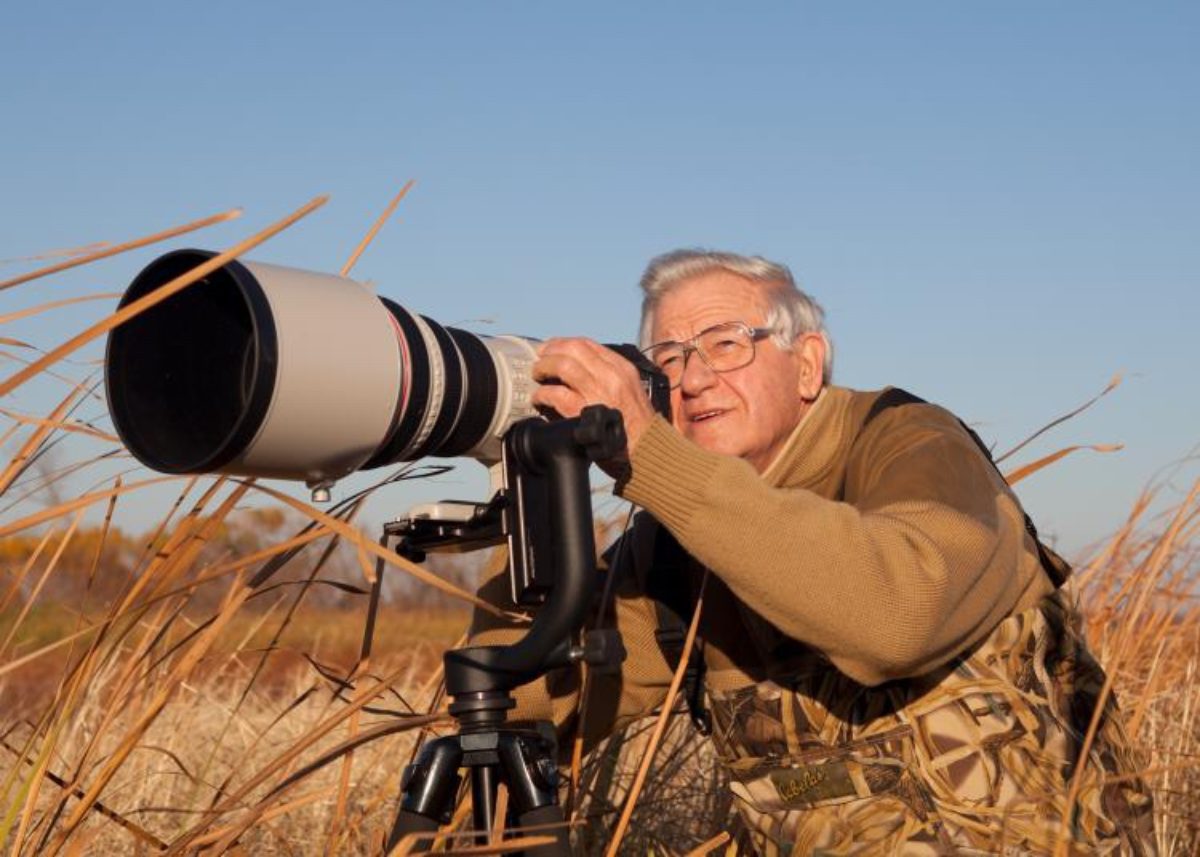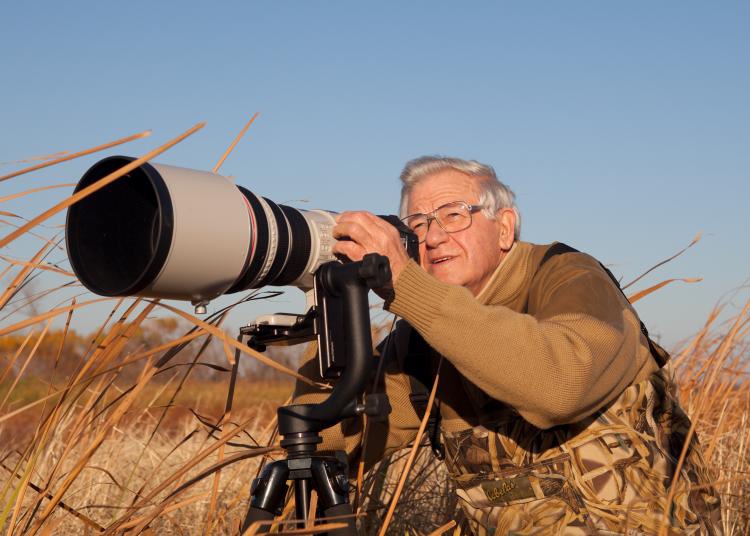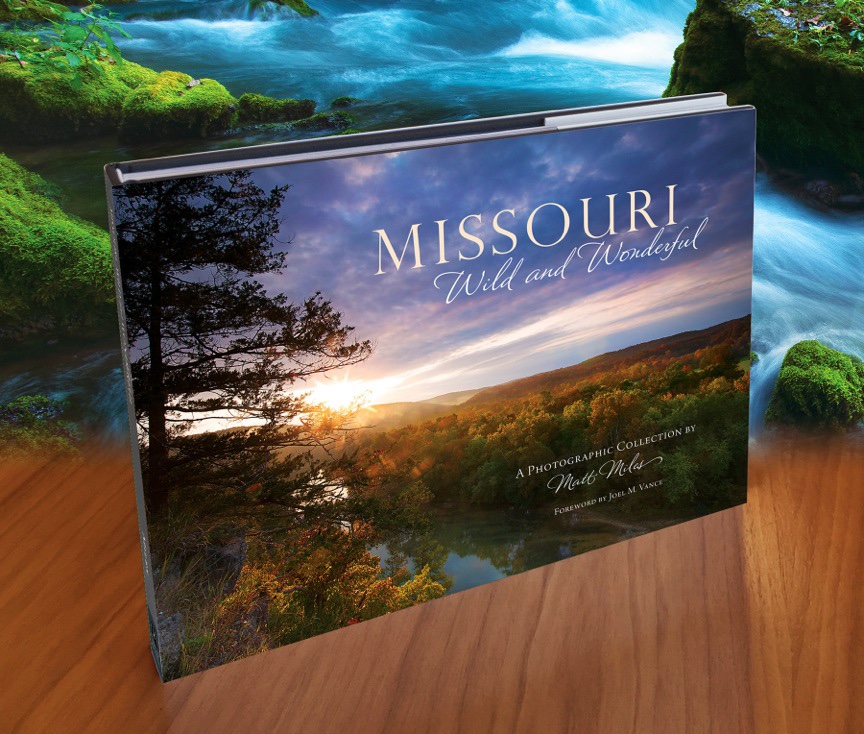Glenn Chambers Leaves Conservation Legacy


If the measure of a man is the love of the family and friends he leaves behind, Glenn Chambers was a king. This wise and gentle-hearted sage, who is one of the most recognized conservationists in Missouri’s rich history of such legends, lost his battle with cancer on Sunday, July 30. Yet his legacy as a wildlife artist will live on for countless years to come.
Over the last four years, life gifted me the opportunity to become friends with Glenn Chambers. I learned a lot from him in a short time, both about conservation and how to live. On June 30th, just one month before his passing, I had the privilege of interviewing Chambers for an episode of Conservation Federation podcast. The following is drawn from that conversation.
Chambers was born June 14, 1936 at home on a farm in Bates County, near Passaic between Butler and Adrian. He became enamored by the outdoors early on.
“I was a farm boy. That’s all I ever knew. At that time it was prairie chicken country, big time, and we had a lot of prairie chickens on our farm. We had the grass and habitat for them. And we had food plots, which we didn’t call them food plots. They were failed cornfields, is what they were,” Chambers said.
Charlie Schwartz, the famous Missouri conservation artist who designed the MDC logo and really helped establish the public image of the Department, became Chamber’s mentor and dear friend. Schwartz recorded a survey on the Chambers farm in 1942. According to Glenn, he found 50 prairie chicken cocks per acre.
“Now we had a population. We had a lot of birds,” Chambers said.
At 8-years-old, Chambers sawed the corner off of a smokehouse door, and sat with his father’s box Brownie camera over a bait pile to capture his first images of birds.
“I’ve been 60 years behind the camera, but it all started on the farm,” Chambers said. “It wasn’t anything of a big deal. You know what comes to a feed station. It was a cardinal and a blue jay and different songbirds. But that’s where I got my start in photography.”
Chambers began college on a two-year scholarship in engineering for his architectural talents at Central Missouri State University. But he says luckily within the first month a professor who headed up the outing club asked him to help with mapping the floatable streams of Missouri.
“It was a fun, fun time and really stabilized my career in conservation,” Chamber said.
He graduated from Central in 1958. Completed his master’s at the University and Missouri, and says he went to work the next day for the Missouri Department of Conservation at August A. Busch Conservation Area. His first assignment from his boss, Larry Gale, was to establish youth archery deer hunting and squirrel hunting on the property, which at the time allowed no hunting.
“You want to remember, that area was set aside by Mr. Busch to be a refuge. No hunting. No fishing. Field trial people, yes. Bird dog training and labrador retriever training. The bird dogs had it all. I caught some real fire over the whole thing,” Chambers said.
But like almost everything this gifted man put his heart and mind into, Chambers succeeded. The job well done earned him a promotion to Columbia, where he would work as a research biologist studying ring-necked pheasants under the supervision of the notable biologist Bill Crawford.
“What a wonderful person he was to have for a supervisor. Bill was one of those wonderful people that could see what the potential of a youngster could be. And he looked into the crystal ball and said this boy needs to be onboard. Bring him on and I’ll find jobs for him to do,” Chambers said.
He enjoyed working on the pheasants, but on the side, Chambers continued to nurture his passion for photography. He was devoted to shooting pictures of ruffed grouse drumming on a log, and in 1964 one such pictured graced the cover of the Conservationist, the MDC magazine. Libby Schwartz, Charlie’s equally talented wife, took notice of the young Chambers’ talent. The two made Chambers the cameraman for the film Design for Conservation, which was produced to promote the conservation sales tax. Chambers created such classics as Return of the Wild Turkey, Wild Chorus, Our Wild Inheritance, and more.
“During my tenure with the Department, I made seven full length films. Now these aren’t videos. This isn’t tape. This is 16mm. We’re talking about the good old days with film,” Chambers said.
Chambers saw and worked in many of the world’s wildest places, including the Artic. He had a special connection to the wild and wildlife. He trained baby geese to be movie stars and worked with all sorts of other critters, but he’s maybe best known for his work with otters.
Chambers and his wife, Jeannie, traveled over 800,000 miles putting on presentations with otters in efforts to educate the public about these all too often misunderstood animals. They went to almost every school in the state and always delighted the students. The tougher job was educating adults, as the Department carried out reintroductions of otters to the same waters they were once extirpated from.
“It was a hot, hot discussion and of course you had it from both sides. We had people asking why did you release them. That’s the worst thing you could do. And then we had other people on the other side who said those are the most beautiful creatures we ever saw and we understand why you love them,” Chambers said.
Chambers work has not gone unnoticed. Over the course of his life, he received many awards and honors. He was the recipient of the Ducks Unlimited Distinguished Service Award. He is a past president of the Conservation Federation of Missouri and received the Federation’s Lifetime Achievement Award. He is the 60th Missourian to receive the Department of Conservation top honor, the Master Conservationist Award. But the most prestigious award Chambers received is the William T. Hornaday Gold Medal from the Boy Scouts of America. A lifetime achievement award given for environmental conservation, Chambers is only the 40th person in history to receive the honor, joining the ranks of Theodore Roosevelt and Aldo Leopold. He remains the only Missourian to receive the Medal.
“When I start thinking about time spent outdoors, it’s time I spent in the photography blind in locations from above the Artic Circle to Guatemala. That’s a lot of miles in between and a lot of critters. All of those safaris bundled make a lifetime of joy for me.”
“It’s kinda been a life of pencil and paper and paint, and duck and decoys, and conservation. It’s been great,” Chambers said.
To listen to the full hour-long interview with Chambers, visit the Conservation Federation of Missouri’s website (www.confedmo.org), or search for the Conservation Federation podcast on iTunes.
Yours in Conservation,
Brandon Butler
Glenn Chambers Arrangements
Calvary Baptist Church, 606 Ridgeway Avenue, Columbia
Celebration of Life


